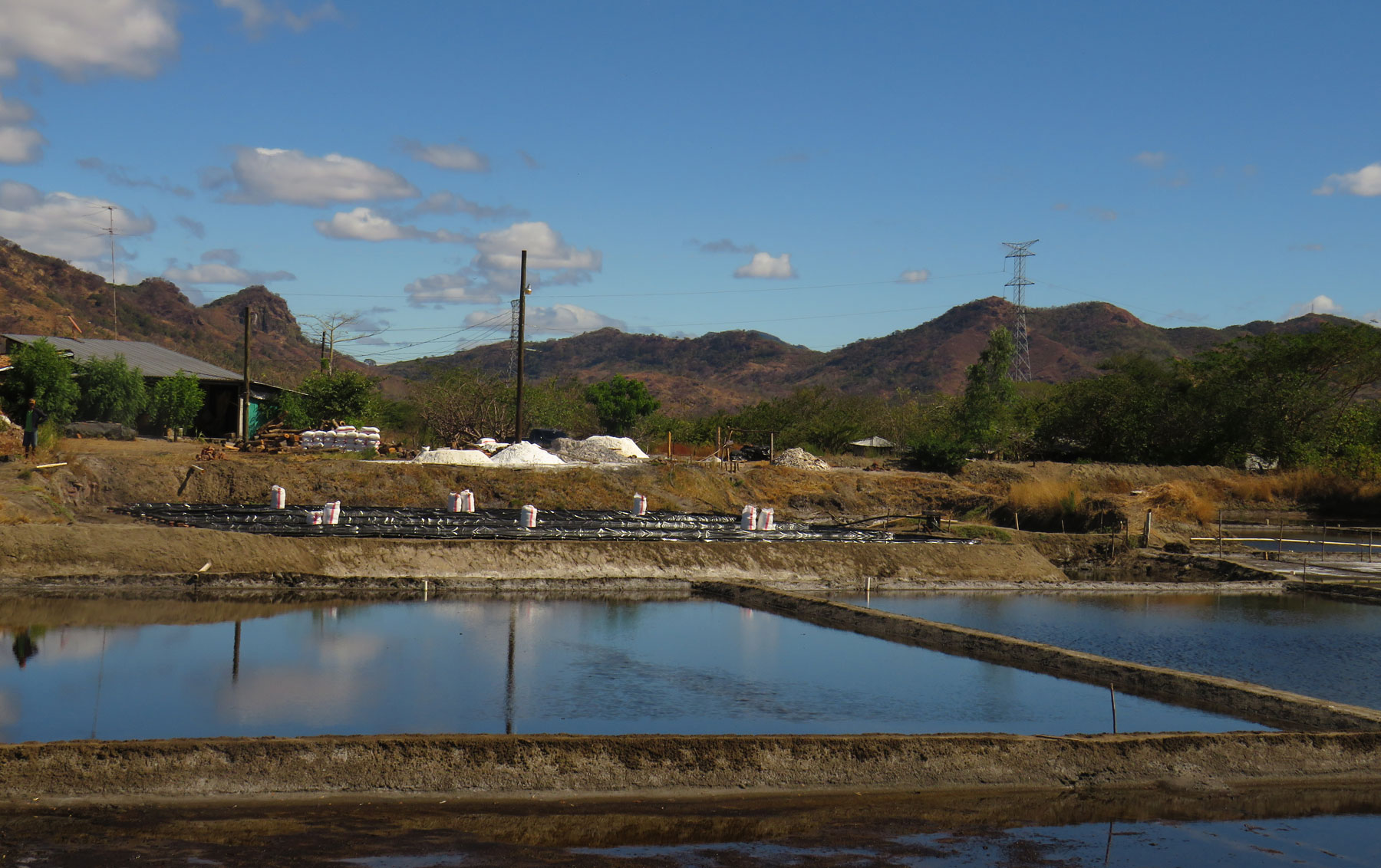Recently, working in collaboration with the boatmen dedicated to tourism in this site, Manomet conducted an exploratory field trip to visit the islands, beaches, and mangrove areas of San Lorenzo Bay in the Honduran Pacific to identify areas that shorebirds use. During the 4-hour boat trip, we observed Whimbrels, Marbled Godwits, Ruddy Turnstones, Short-billed dowitchers, Black-bellied plovers, and a variety of waterfowl. Low tide offered us the opportunity to appreciate the natural areas possibly used by shorebirds to feed and rest, and how these areas and salt farms can also provide an ideal environment for migratory birds.

San Lorenzo Bay in Honduras is one of the most fascinating sites in the Gulf of Fonseca, which is considered a biological corridor of great importance for diverse species shared by three countries: Honduras, Nicaragua, and El Salvador. Twenty-three species of shorebirds have been reported to use the Gulf of Fonseca,13 of which use the salt production sites in Honduras as stopovers.
This area offers countless economic, social, and environmental benefits to both residents and visitors. It also offers prime conditions for tourism, an important economic boost for the local community of San Lorenzo. This is a relatively new and developing tourist destination that still requires much research: the social, cultural, and environmental impacts of the tourist business in this protected area are currently unknown.
Also importantly, this site in the Honduran Pacific is one of the only two places where salt is produced in Honduras. Honduras has a long history of artisanal salt production that has been a tradition for more than 100 years. The Manomet Flyways team has been studying the relationship of these salt production sites with shorebirds, as some species use these sites as resting, feeding, and breeding grounds.
This recent tour is part of a project supported by the Coastal Solutions Fellows program, Manomet, and USFS funding. By working with artisanal salt producers in San Lorenzo Bay, we hope to better understand what threats shorebirds face when visiting the area, as well as to help implement and encourage more sustainable production practices that are more compatible with shorebird migratory patterns. Another important component of our work in Honduras is to help encourage a shared understanding with the salt producers about the importance of this protected area, not only for the future of the diverse species that live here, but also for the future of artisanal salt production in Honduras.
We have seen some positive outcomes thus far: earlier this year, the first shorebird reserve in the country Punta Condega – El Jicarito System was dedicated also in the Honduran Pacific, a win for all the species which enjoy this incredible natural area.





 Back to all
Back to all